#Barnacle goose
Explore tagged Tumblr posts
Text

Sleepy time time – this barnacle goose has stayed here over the summer and is now looking forward to the company of its friends, who will hopefully soon arrive from the far north to spend the winter here.
#photographers on tumblr#original photography#birding#bird photography#bird watching#barnacle goose#Weißwangengans#Nabu Vogelstation Wedeler Marsch
77 notes
·
View notes
Text


Please vote for whichever animal is cuter, not whichever one you like more!
#Tumblr tournament#tournament#bracket#poll#poll blog#cute animals#baby animals#cute#animals#zoology#biology#Barnacle goose#black footed cat#goose#cat#kitten#gosling
39 notes
·
View notes
Text


Barnacle Goose
#photographers on tumblr#photography#nature#landscape#birds#birdblr#birds of tumblr#bird photography#birding#barnacle goose#goose#geese
28 notes
·
View notes
Text





A Water Bird Feathursday
This week we present more waterfowl from our 1948 publication Birds of the British Isles with text and wood engravings by British author and wood engraver Eric Fitch Daglish (1892-1966), published in London by J. M. Dent & Sons in a limited edition of 1500 copies. Shown here from top to bottom are:
European Herring Gull (Larus argentatus)
Great Snipe (Gallinago media)
Barnacle Goose (Branta leucopsis)
Mallard or Wild Duck (Anas platyrhynchos)
Atlantic Puffin (Fratercula arctica)
Birds of the British Isles is a donation from our friend, Wisconsin wood engraver Tony Drehfal.
View more posts from this volume.
View more Feathursday posts.
#Feathursday#Birds of the British Isles#Eric Fitch Daglish#J. M. Dent & Sons#wood engravings#Herring Gull#gulls#Great Snipe#snipes#Mallards#Barnacle Goose#geese#Atlantic Puffin#puffins#birds#birbs!
41 notes
·
View notes
Text

Life in these lands was not always so harsh. Before the war broke out and the world tipped into madness, folks went about their days in relative peace and comfort. The battles of religious fervor were fought elsewhere, and the monsters that tormented folk could only be found in wild corners and campfire stories. There was danger in the world, and some folk certainly had harder times than others, but life always seemed to find a balance. But such balance can be so easily upset, and the war that shattered the Church quickly plunged every corner of this continent into chaos. Old enemies and ancient monstrosities returned in great numbers, but that wasn't all the people would have to suffer. As comforts of the Church and stable society crumbled away, inconveniences of the past soon became the present's woe. And creatures that were once kept in check now ran free...
The barnacle goose, to an outsider, is an innocuous thing. A bird of hardened shell and pale flesh that can be found on the coast. The adults themselves seem simple, feeding upon vegetation, small critters and humor scum that grows upon the surface of stagnant fluids. However, when one looks into their life cycle, then they begin to see the weird. The barnacle goose does not lay eggs like other creatures that look like them. There is no nest to build, no eggs to sit upon. The goose does indeed seek out trees when it comes time to lay its young, but it does not want a simple perch. Instead, the barnacle goose possesses a corkscrew-like member that pierces the bark and burrows into the host tree. Their tiny eggs are injected into the wood, and there they take root. Feeding off the plant, these parasitic young will grow into scaly pods of hard shell and hungry beak, eventually erupting from the tree's surface. Their barnacle young remain in this immobile state, sucking nutrients from their host while also feeding upon passing insects. Their caring parents bring food to them, excreting it into their waiting maws. In time, the branches and limbs of this tree will weaken, and the young will break free. Just in time for them to emerge from their shells and become a fully formed goose.
While this life cycle is certainly odd, the barnacle goose was typically seen as a curiosity or a meal. Their tough shells protected tender pale flesh, which was excellent and juicy when roasted. Even the young were harvested from trees, where they would be steamed and cracked open. To farmers who kept trees for their fruits and flesh, the barnacle goose was a pest, marring their beloved plants. It was a simple creature in a simple time, yet it would not remain innocent for long.
Before the war broke out, a new breed of barnacle goose began to appear. Debate continues on why they came to be, and no solid answers have been given. Many like to say that the time of plenty and harvest began to deplete the trees they depended on, and thus they needed new hosts. Others, more dramatic types, preferred to claim that the evils and sins of this world began to corrupt the local wildlife, so that they could torment the guilty and fallen. Regardless, the new type of barnacle goose that showed up ignored trees when it came to laying its young. Instead, its horrible member sought more mobile and meaty hosts. These barnacle geese attacked animals and humans alike, cutting them with razor wings, while vomiting or excreting vile fluids. Wounds, at first, would appear superficial but painful. Nothing a little healing Phlegm can't fix. But what wasn't discovered til later was that these geese carried a potent disease that spread through these injuries and liquids, and soon would consume the body.
The disease would gain the name of "Nymphosis" and its progression in a victim was quite horrific. The sickness would cause the skin to harden and for gnarled growths to develop. It would bear similarity to "Dendermis," a skin infection that would cause the tissue to break out into scaly, bark-like growths. However, this infection was a simple irritating thing, easily solved by Phlegm baths or liniment snails, while this version carried by the barnacle geese was far more potent and much faster. Within the course of days, the victim's whole body would harden and warp, leaving their limbs slow and their energy low. In this state, they would not have the strength to fight off a barnacle goose and its horrible burrowing member. When they are reduced to creaking, shambling meat-trees, the parent goose will come to inject its young. Those who are violated in such a terrible way will soon find their bodies hijacked by the parasitic youth. Not only do they form their barnacle shells, but invasive tendrils also wrap around the nervous system and leech nutrients from the host. With this, they suck victims dry as they grow, creating the shriveled emaciated look. But they also take control of the body, forcing their host to move as they please. With full control, the victim cannot fight back or do anything to prevent the young barnacles from erupting from their stomach. And when their head turns to mush and the skull softens, there is nothing left of the previous soul to stop the adult from removing the useless appendage and settling down on the gaping stump.
The end result of this horrible parasitization is a shambling tree-like husk that has a goose resting on its neck stump and a hungry bunch of barnacles nestled in its withered guts. There is no mind, no will. They will slowly lurch about, moving to areas that please its horrid parasites. When threats approach, it will even swat at them with gnarled limbs, trying to protect the very eggs that doomed them. The parent will stand guard, honking at approaching foes and fighting if they dare upset the nest. They will also feed their eager young, excreting food through the open throat hole so it may slip down to the gnashing beaks below. Eventually, they will hatch and emerge as fully formed barnacle geese. What they leave behind will be a fully petrified corpse, now immobile and perfectly tree-like. Death will finally take the wasted body, but its flesh may still not find peace, as other geese may use them as second hand nesting material.
This awful fate has certainly disgusted many folk and created countless horror stories, but infections were thankfully few and far between. With proper research and experimentation, the healers of the Church and the Apothecaries of the Academy each created their own medicines to cure the poor souls. These holy ointments or powerful drugs could be used after the victim contracted the disease, but before the eggs were laid in their flesh. It could stop the petrifying bark and hardening skin, which would make them improper hosts for the geese. With quick application and folks killing the offending birds, one could be spared the fate of becoming a mindless tree. This caused the barnacle goose menace to be more a pest and cautionary tale, inflicted on others so you could remind yourself not to make the same mistakes. But such comforts vanished when the war broke out.
While the disease can be cured in early stages, it can only be done so with the proper medicine. Not just any Phlegm will do, and common curatives only slow the process. Victims need the stuff made specially, but such a resource is now very scarce in this time of war. The healers of the Church have been called to the front lines, and the traveling Apothecaries have been ordered to cease their efforts and return to the Academy. Even though a good amount of Apothecaries ignored these commands and remain to help, their own supplies dwindle and make this medicine hard to craft. Thus, more folk succumb to this terrible fate, which results in more infectious birds being born. What was once a simple scary story is now a plague in some areas, with folks fending off flocks of these disease laden geese. When breeding season begins, they descend upon towns and inflict untold misery to its occupants. Even if war does not touch some villages, the gnarled husks left behind can show that death is still rampant in this world. If you are to find these abandoned shells, or the mindless drones that carry the vile young, grant them mercy and burn them away. Let them return to the Great Cycle, and may they be reborn in a kinder time...
---------------------
"Barnacle Goose"
The barnacle goose situation felt like a fitting addition to FOI. But how to implement it? Hmmmmmm. How about the most horrible way possible?
#goose#geese#barnacle goose#parasite#bird#body horror#barnacle#art#drawing#fall of ichor#undead#zombie
26 notes
·
View notes
Text

Barnacle geese.
Did you know that while the collective noun for geese is a gaggle of geese, that is only true when they are on land. In flight it is a team of geese and when they form the typical v-shape it is a wedge of geese.
24 notes
·
View notes
Text
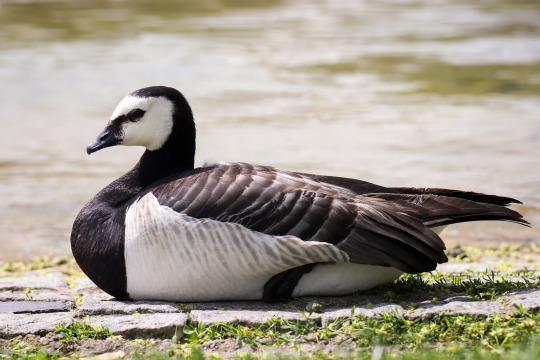


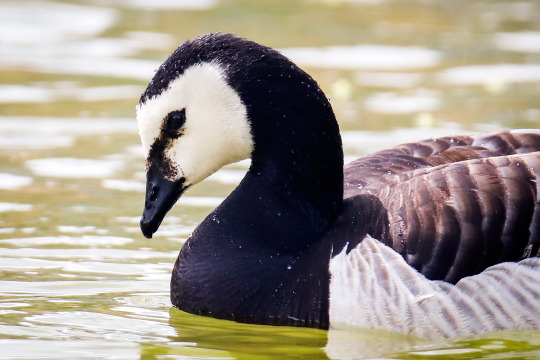

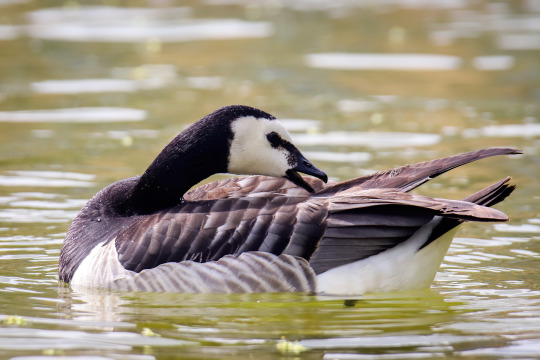
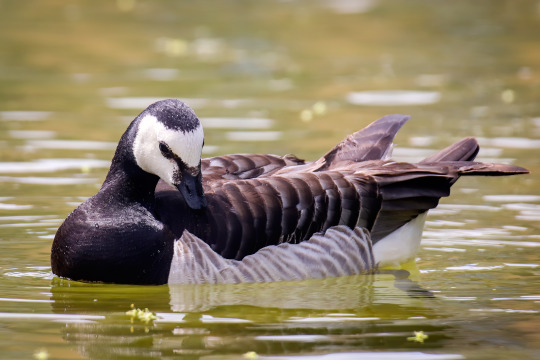
Someone moved into the city and I was in awe. I mean, "handsome" and "distinctive" are words I'd use too.

Weißwangengans (barnacle goose) am Eckensee im Oberen Schlossgarten, Stuttgart-Mitte.
#weißwangengans#barnacle goose#goose#water birds#birds#nonnengans#barnacla cariblanca#ganso#bird#birding#bird watching#urban wildlife#urban birding#nature#wildlife#ornithology#stuttgart#germany#photographers on tumblr#my photography#wildlife photography#bird photography
164 notes
·
View notes
Text





Saw at least....... 4 barnacle geese. Maybe even more?! 🪿🪿🪿🪿
14 notes
·
View notes
Text


Mikey is holding a Sebright chicken named Bazil.
Leo is holding a Barnacle goose named Kratos.
(Yes I named the birds)
I will post later this week with Don and Raph!!
This was for national draw a bird day last week however I am late to the party as always soo have them now!
Commission info!
#rottmnt#rottmnt fanart#rottmnt leonardo#my art#rottmnt leo#rottmnt mikey#rottmnt michelangelo#f!mikey#f!leo#birds#barnacle goose#Sebright chicken
22 notes
·
View notes
Text

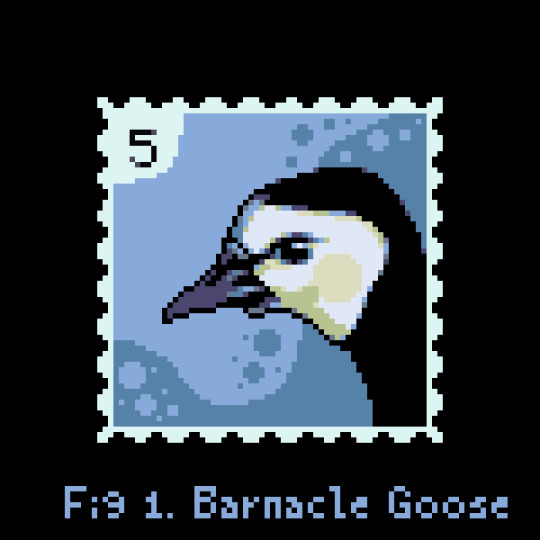
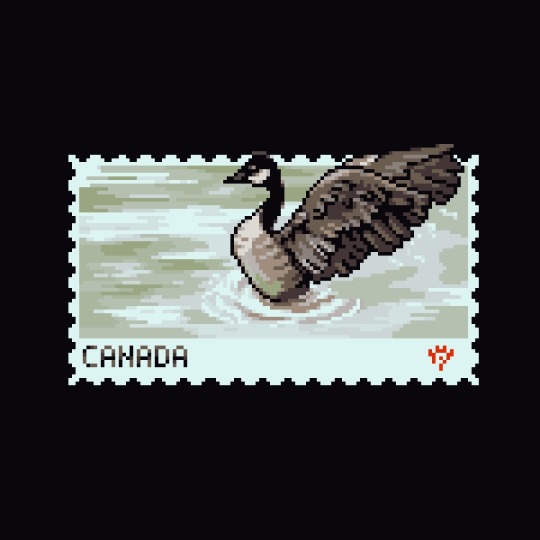
I asked, you answered! Still one more to go.
#pixel art#pixel artist#aseprite#stamps#bird art#birdlr#canadian goose#barnacle goose#tufted tit tyrant#pixel aesthetic#64x64#wildlife art
163 notes
·
View notes
Text

photo source
18 notes
·
View notes
Text
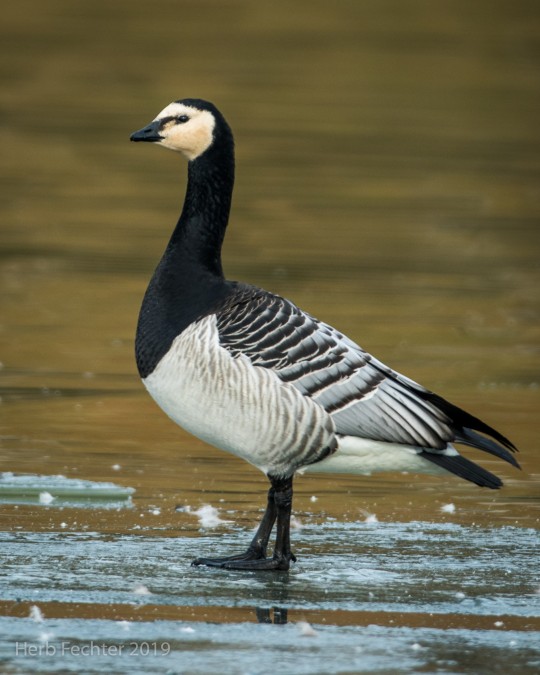
[628/10,977] Barnacle Goose - Branta leucopsis
Order: Anseriformes Family: Anatidae (ducks, geese and swans) Subfamily: Anserinae (swans and true geese)
Photo credit: Herbert Fechter via Macaulay Library
100 notes
·
View notes
Text

DUCKVEMBER 13: Wrong Duck
I am fascinated by the barnacle goose myth, in which the medieval bestiaries tells us that geese were born from trees like little podlings. The reasoning is actually quite fascinating, and I recommend this video on it
youtube

Also take a gander at this
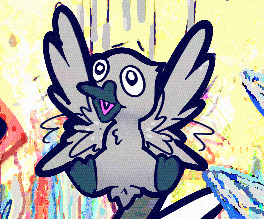
Can't you see this child is distraught?
#duckvember#barnacle goose#barnacle goose myth#snark art#original art#something i genuinely want to turn into a print#even if only for my enjoyment#Youtube
52 notes
·
View notes
Text

Barnacle geese 🪿
#my photography#bird photography#birdblr#barnacle goose#stockholm#sweden#this is literally the only photo I’m posting from the sweden leg of my trip#also this is the last of the europe trip photos#queue
7 notes
·
View notes
Text

Brandgans, Barnacle Goose, (Branta leucopsis), Nederland, Overijssel
#bird#ornithology#birds#birdblr#birding#my photography#wildlife photography#amateur photography#nederland#goose#gans#barnacle goose#brandgans
16 notes
·
View notes
Text
barnacle geese (branta leucopsis), in flight before landing in a field, ireland
#anseriformes#anatidae#branta#barnacle goose#geese#waterfowl#birds#birdwatching#bird photography#display flight#i love you barnacle geese <33
5 notes
·
View notes